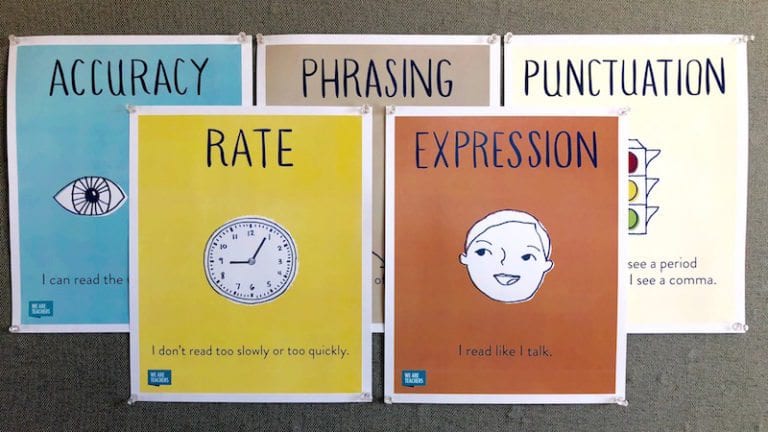Reading is made up of various skills: word reading, fluency, comprehension. Fluency, or the ability to read with appropriate accuracy and prosody, or expression, is an important reading skill and should be part of every reading block. Using reading fluency activities in the classroom ensures that fluency is understood from an early age.
Why are reading fluency activities important?
Fluency is important not just because of speed, but because fluency contributes to comprehension. When students can read text fluently, they’re paying attention to punctuation and how words are written, which adds meaning. It’s different when a character says, “May I have your cake?” compared to “May I have your cake!”
As kids develop reading fluency, it’s like any skill—they’ll need practice. The more practice kids have with fluency, the better they become at reading fluently and the better they are at comprehending what they read. There are many ways to help kids develop reading fluency, both in and out of the classroom. Here are some of our favorite reading fluency activities.
1. Start with reading fluency posters
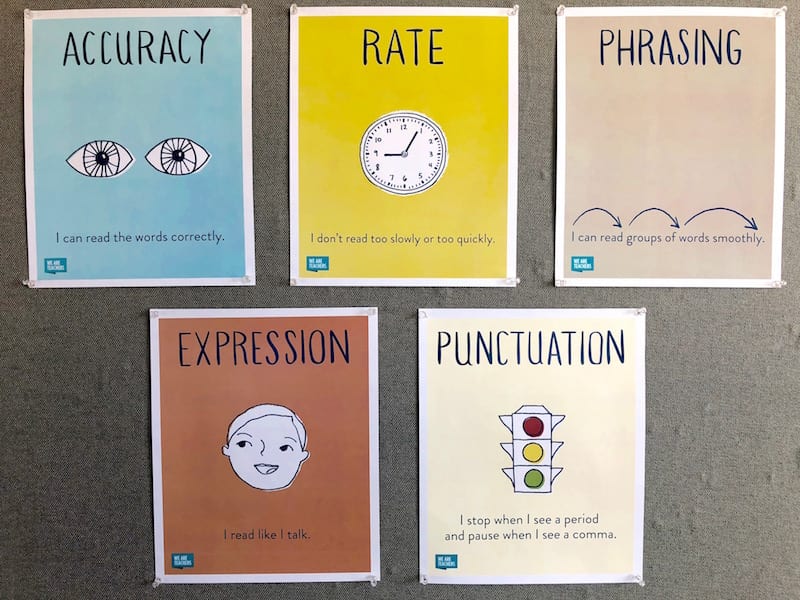
Introduce the basics of reading fluency with posters to hang in the classroom. You can reference the posters during instruction, and when you’re working on a specific aspect of fluency, take one down and use it as a small-group reference.
Try it: Free Fluency Posters
2. Model fluency with read-alouds
Reading aloud to kids is important for so many reasons, but one of the best is that it teaches kids what fluent reading sounds like. Model expression, how to read punctuation, phrasing, and pace with your read-alouds. Read-alouds apply for all students—even middle and high schoolers benefit when hearing how text like Shakespeare and Poe are read aloud.
3. Sentence trees
Sentence trees are sentences that build one word at a time. So, a student reads “The.” Then, “the cat.” Then, “the cat sat” and so on until they read the whole sentence: “The cat sat on the mat.” These are great for developing readers or students who struggle with word reading.
4. Read word lists
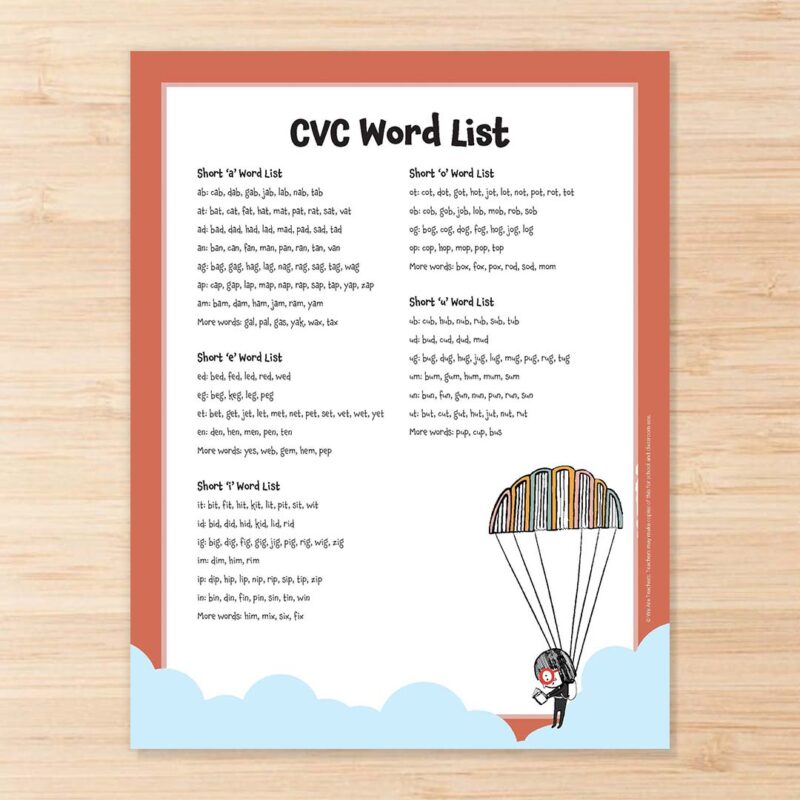
Reading word lists helps students build automaticity, or the ability to read words without having to sound out every part. It’s OK to sound out a few words, especially new or longer words, but we also want students to develop automaticity with word patterns and sight words they’ve been taught.
Try it: Free Printable CVC Word List and Cards
5. Put together poems and nursery rhymes
Use rhymes that students have already memorized to practice fluency. Print the rhyme and cut out the words. Have students put the words in order and then read them.
6. Use line tracking and word pointers
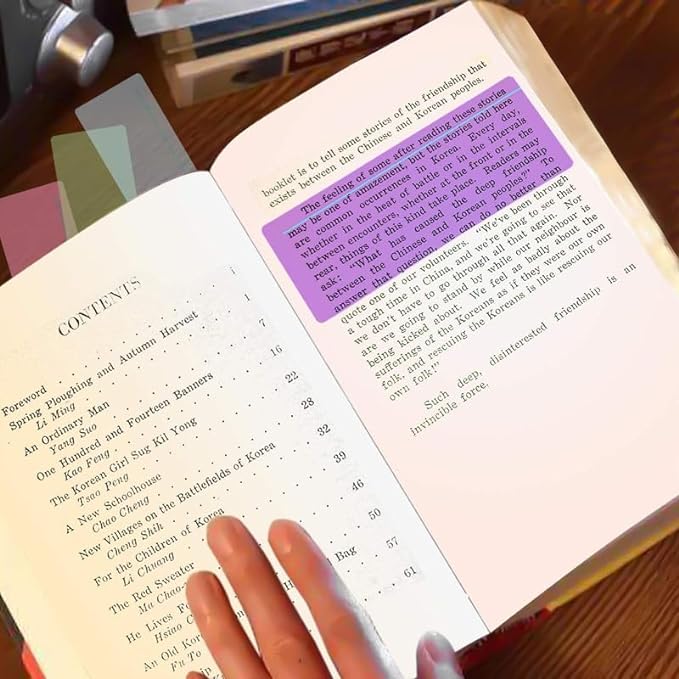
As students develop fluency, they’re also getting a lot of practice following text. If a student is frequently skipping lines (which impacts fluency and comprehension), consider providing a line-tracking tool, like these highlighters or even a piece of colored paper cut into a strip. They move the strip down from line to line as they read to stay on track.
Buy it: Highlighter strips
7. Read and reread … and reread
Fluency involves lots and lots of reading and rereading. When kids read a passage over and over again, they build up their speed and accuracy automatically. One fun way to work on expression is to try rereading with different voices. Have students start by reading in a normal voice, then a robot voice, a villain voice, a happy voice, an elf voice … you get the idea.
8. Add a timer to rereading
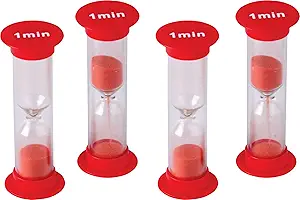
Combine repeated reading with a timer. Students read a passage for 1 minute, working to increase the number of words they read correctly each time. Once students are able to record data on a graph, have them track their words correct per minute over time.
Buy it: Set of 1-minute sand timers
9. Track student progress
While you don’t want to overemphasize numbers, tracking a student’s fluency is helpful to both you and them. To track fluency, record a baseline reading (how many words correct per minute and accuracy with which a student reads a sample passage). Then, take data on the student’s fluency every week to two weeks. You want to test students for a long enough period for their fluency to improve, so every 10 instructional days or two weeks is enough to see growth if they’re practicing fluency regularly. When you see a positive trend, share it with the student and celebrate!
10. Work on those sight words
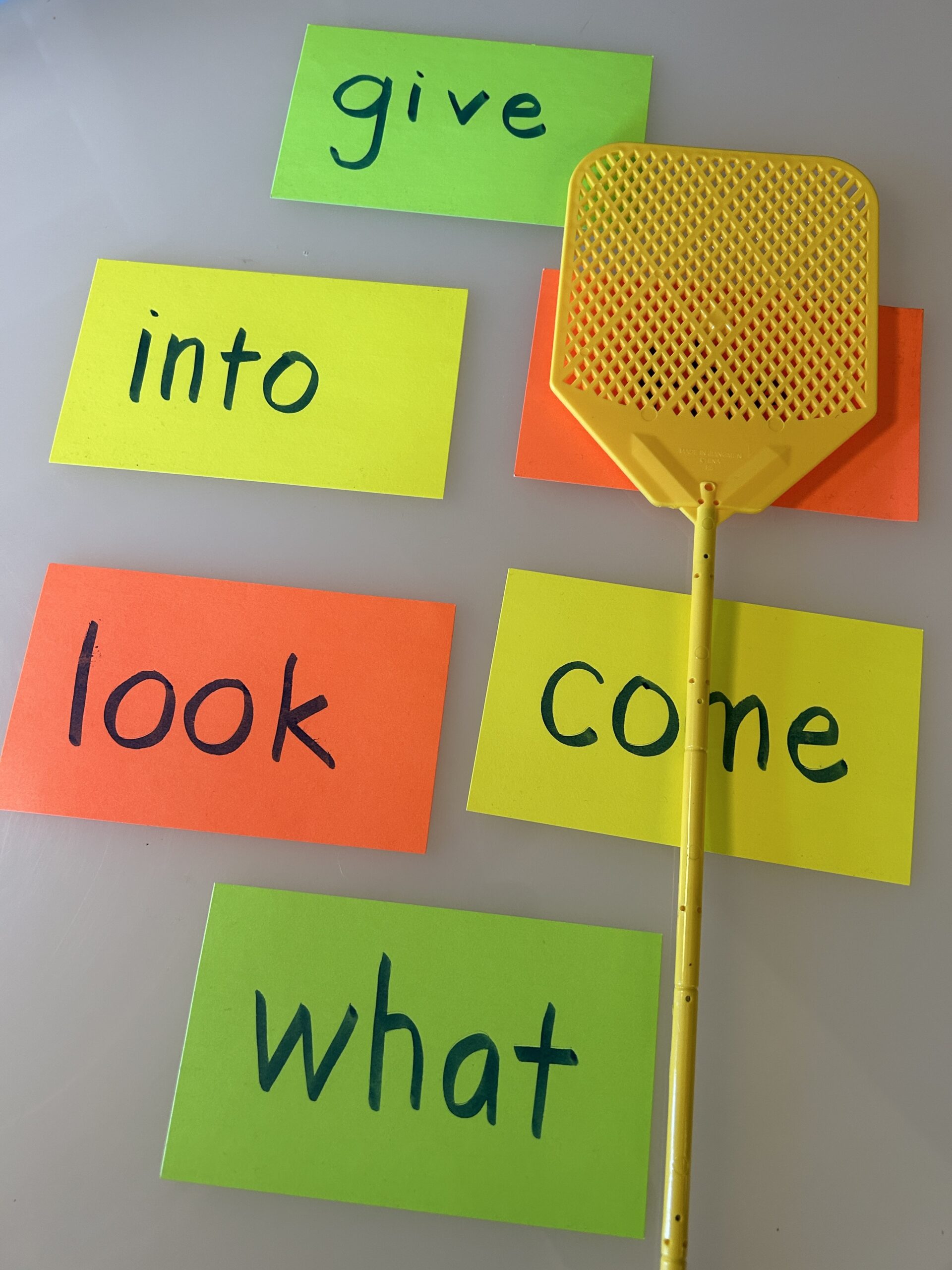
As students develop reading skills, practicing sight words until kids can read them with automaticity will help them develop fluency as well.
Learn more: Sight Word Reading Activities
11. Look to punctuation for expression cues
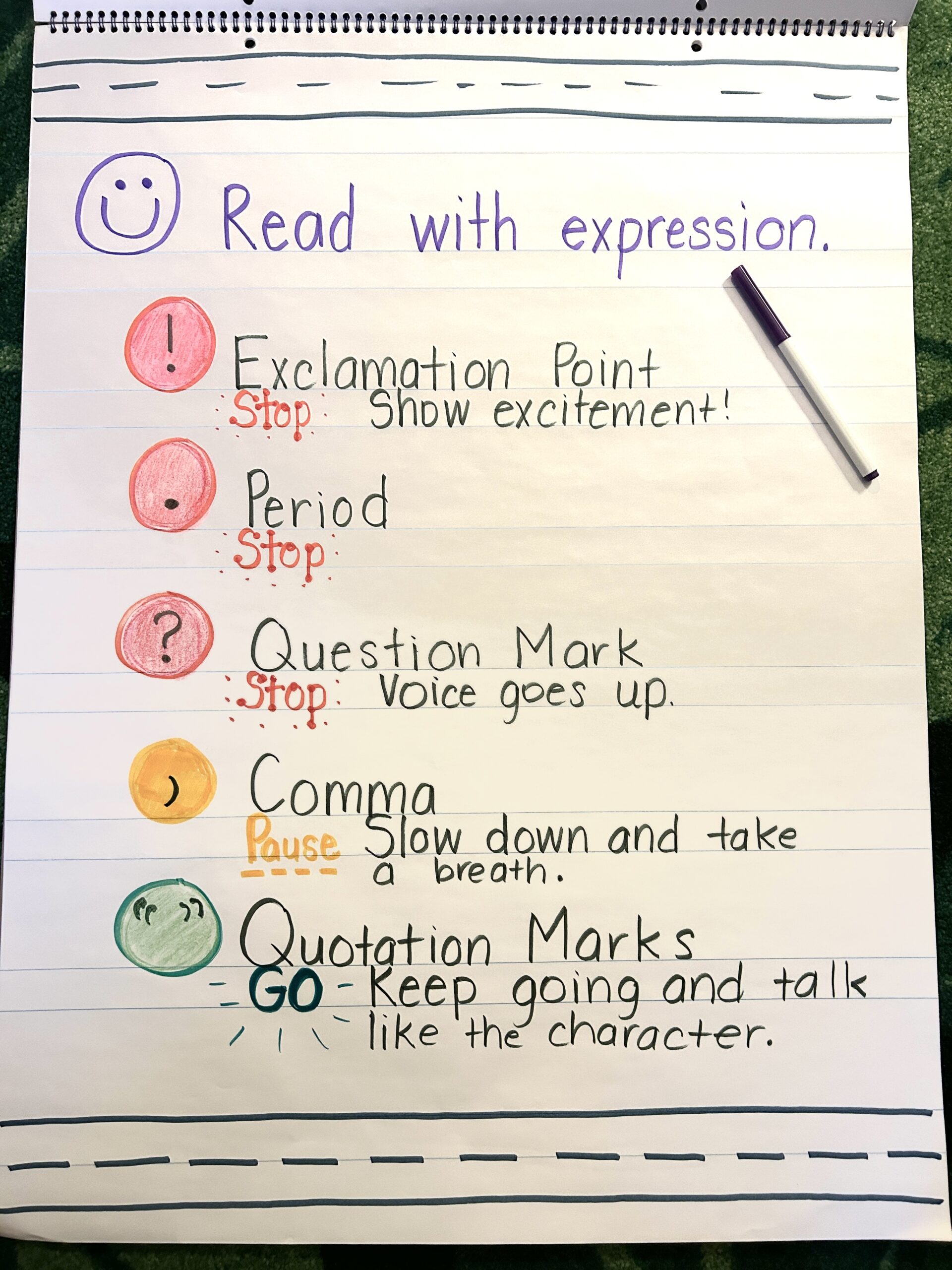
Punctuation makes passages easier to read by breaking them into chunks, but it also gives a reader cues on proper expression. Help your kids recognize what each punctuation mark sounds like when reading fluently. Model how to “read” punctuation, then have students practice reading punctuation on their own. Write practice sentences with different punctuation for practice. What happens when you read the same sentence with different punctuation? (“Can I get on the bus?” versus “Can I get on the bus!”)
12. Read with partners
Pair students based on their reading fluency. You can pair more fluent students together to practice higher texts, while you work with less fluent readers. Or pair more fluent with less fluent students and coach them on how to read aloud to each other. Establish a procedure for students to use when they read together. The reader who is more fluent may start and read a paragraph, then the second reader either rereads what they read or continues reading.
13. Get a reading buddy
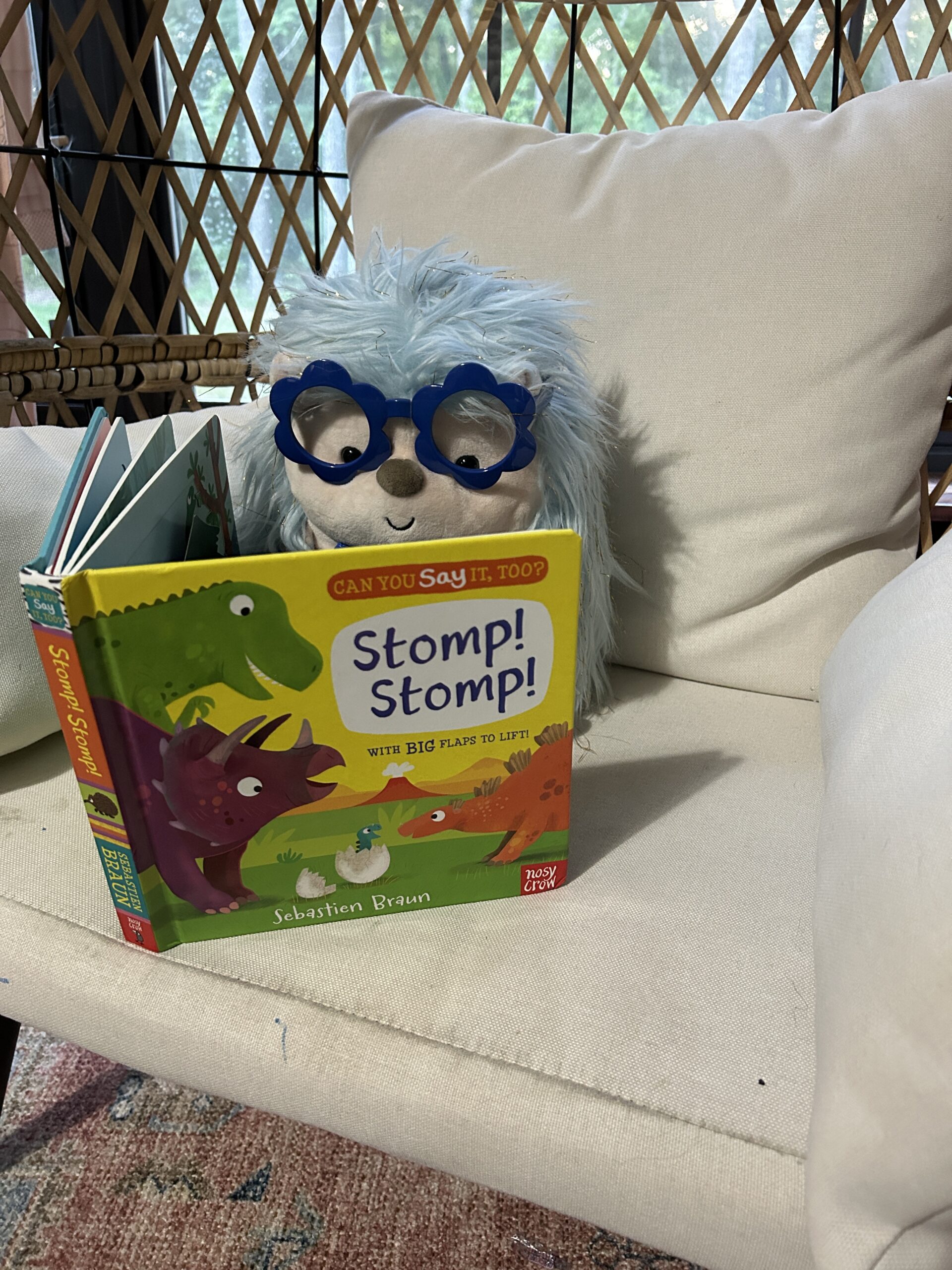
Stock your reading corner with stuffed animals that students can use as reading buddies. During reading time, they choose a book and a buddy and read aloud.
14. Give kids a reading fluency rubric
Create a rubric to show students what fluency looks and sounds like. Then, students can self-assess their fluency and you can use the rubric to evaluate fluency and share students’ progress with parents. A rubric also helps capture the aspects of fluency that we can’t capture in a number, like prosody.
15. Use a fluency bookmark
A handy bookmark keeps fluency strategies front and center when kids read. Create a bookmark that defines accuracy, rate, phrasing, punctuation, intonation, expression, and stress for students. We love this idea for kids who are ready for chapter books.
16. Answer the fluency phone

Use a toobaloo or fluency phone to help students hear themselves when they read. Students read softly into the phone and they can hear what they sound like when reading.
Buy it: Set of toobaloos
17. Scoop phrases
Pointing to words is good for building speed and accuracy, but scooping phrases takes things to the next level. To do this, write a sentence, then draw a line under the words or phrase that are read together. So, in the sentence “The butterflies flew south to overwinter in warmer temperatures,” you could “scoop” “The butterflies” “flew south” “to overwinter in warmer temperatures.” This helps students with phrasing and comprehension as they group similar phrases together.
18. Hold a school-wide fluency challenge
Make literacy and reading fluency something the whole school focuses on. Have PE teachers post sight words for kids to read out when they run past. Invite cafeteria workers to join you for story time. Track fluency and celebrate milestones with individual and whole-school rewards!
Learn more: Hold a School-Wide Fluency Challenge
19. Set up buddy reading
Pair older students with younger students to practice and model reading fluency. Older students can read picture books that have longer sentences and higher vocabulary that challenge older students but are still out of reach for younger students. The older students will get practice with fluency, and younger students will benefit from hearing picture books read aloud.
20. Teach robot vs. non-robot reading
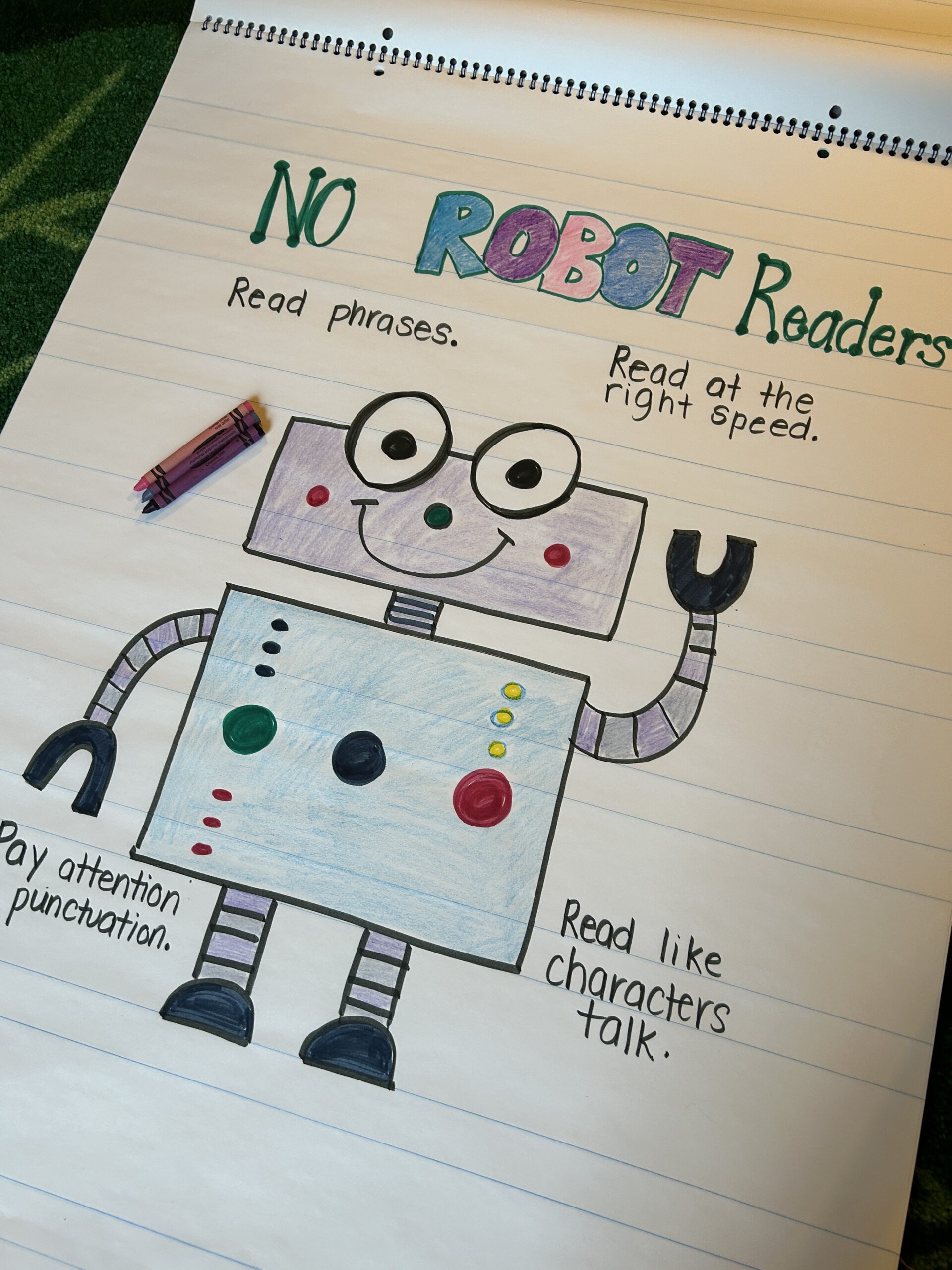
Help students understand the prosody or expression part of fluency with a lesson on robot reading vs. fluent reading. First, model “robot” versus fluent reading, then have students practice (silly) robot reading and then fluent reading to hear (and feel) the difference.
21. Use the BEST strategy for multisyllabic word reading
When students get to multisyllabic words, they may struggle to get past longer words, like “momentarily” and “topography.” Teach them a strategy to sound out longer words using these reading fluency activities:
- Break the word apart into syllables.
- Examine each part.
- Say each part.
- Try the whole word.
Before they read, have students practice multisyllabic words they’ll find in the text using BEST.
22. Host a poetry slam
Poetry is a great way to practice fluent reading because you have to read a poem multiple times to “get it right.” And poems can be used at any grade level. For younger kids, work with simple poems and rhymes. For older children, use poems from Shel Silverstein or Jack Prelutsky. Have each child choose a poem and practice reading it with flare. Then host a poetry slam where students read the poems they’ve practiced.
Learn more: Slam Poetry Examples
23. Put on a play
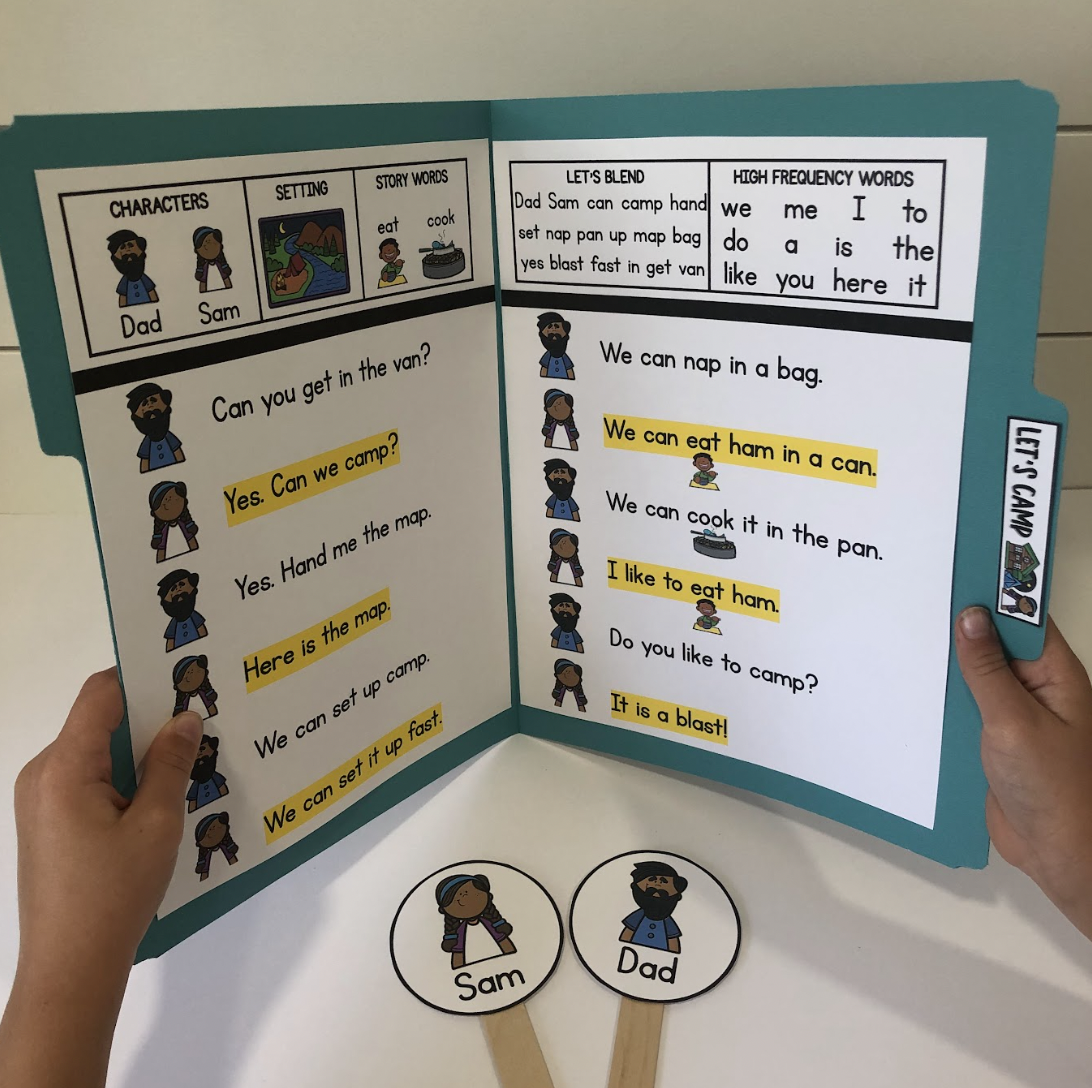
Readers theater, with a script or a favorite book, is one way to practice fluent reading. Choose a book with lots of dialogue and encourage students to really feel the story. Or have students write their own scripts using stories they are familiar with.
Learn more: Steps to Successful Classroom Readers Theater
24. Record students’ reading
Recording audiobooks for your classroom library is one way for students to see how fluent reading benefits everyone. Have students record reading a book on an audio-recording app, and save it for other teachers to use with their students.
25. Choral reading
Choral reading, or reading together, helps students develop fluency by hearing how words are being read while they’re reading words along with you or a group. Use choral reading during whole group, to read the morning message, or in small groups, to incorporate more fluency practice.
If you liked these reading fluency activities, check out 40+ Best Reading Websites.
Plus, for more articles like this, be sure to sign up for our newsletters to find out when they’re posted.


